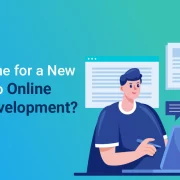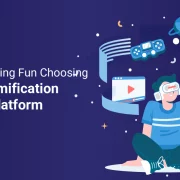The term “electronic learning” is referred to as “e-learning.” The practice of installing training software from a CD-ROM on a desktop computer is where the phrase, also known as digital learning, first appeared.
Today, however, the term digital learning is commonly used to describe access to online and mobile learning from anywhere at any time.
Q: What is e-Learning?
A: The term “e-Learning,” which stands for electronic learning, describes the distribution of educational and training content via electronic devices like computers, tablets, or smartphones.
Q: What are the benefits of Digital learning?
A: Online learning has a number of advantages, including the capacity to reach a large audience in many places, more flexibility, personalized learning, and cost savings.
Q: What are the different types of Online Learning?
A: Online learning includes various formats such as synchronous learning, where students engage in real-time interactions; asynchronous learning, allowing self-paced study; blended learning, combining both online and in-person methods; and mobile learning, which enables learning through mobile devices for flexible access.
Q: How can I ensure the effectiveness of Online Learning?
A: Using interactive and captivating information, giving prompt feedback and support, and making sure the learning objectives line up with the overarching organizational goals are all crucial for ensuring the effectiveness of online learning.
Q: What are the challenges of online learning?
A: Online learning comes with several challenges, including maintaining learner engagement without face-to-face interaction. Technological issues such as connectivity problems and platform difficulties can disrupt the learning experience. Additionally, the absence of social interaction and collaboration can lead to feelings of isolation. Another significant challenge is the need for self-discipline and motivation, as students must manage their own time and stay focused without the structure of traditional classroom settings. Overcoming these obstacles requires innovative strategies and strong support systems to ensure a successful online learning experience.



